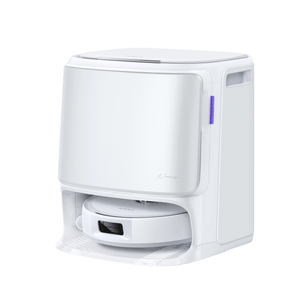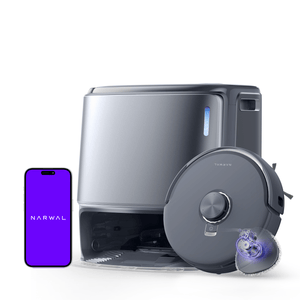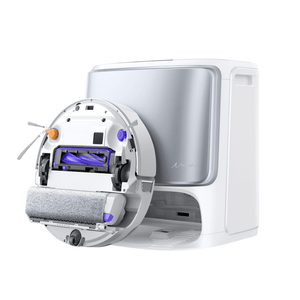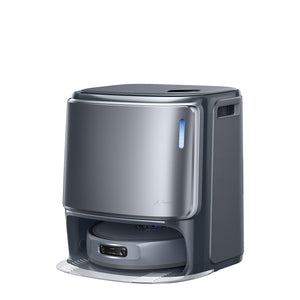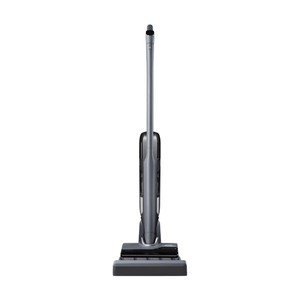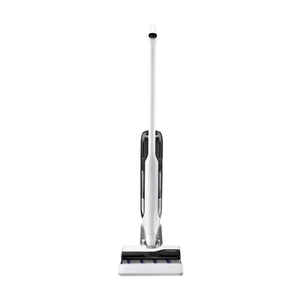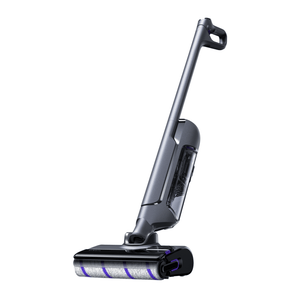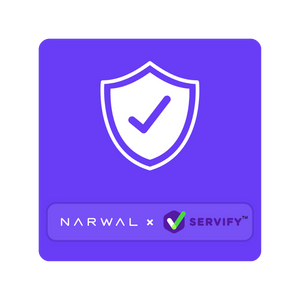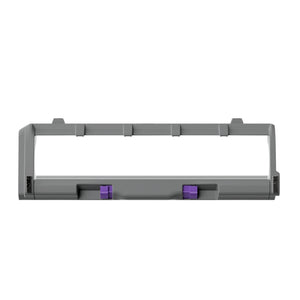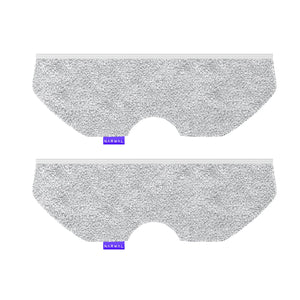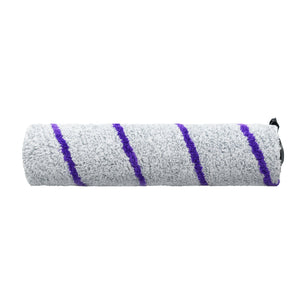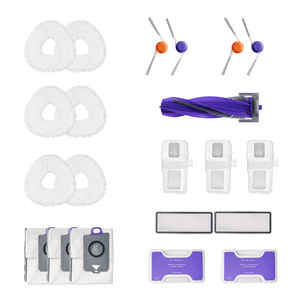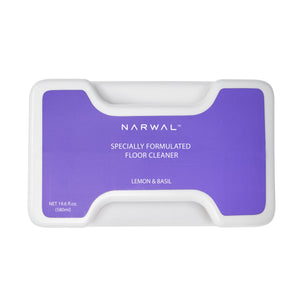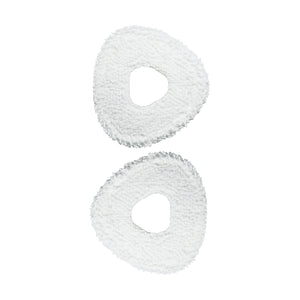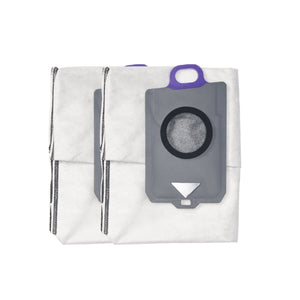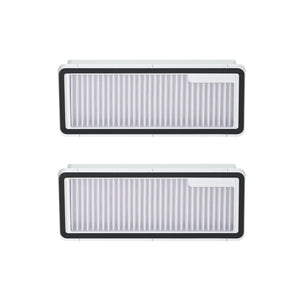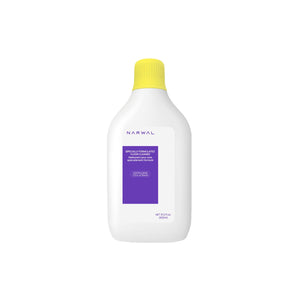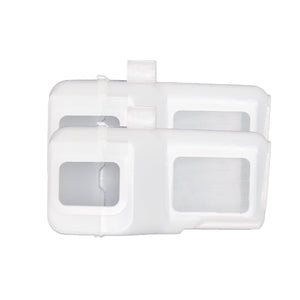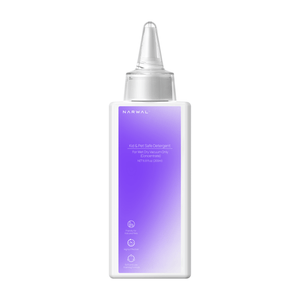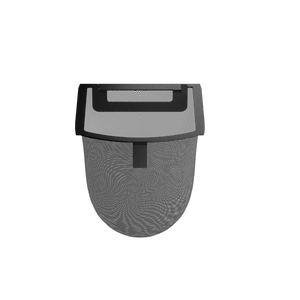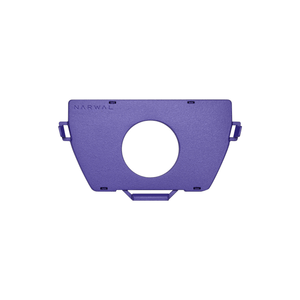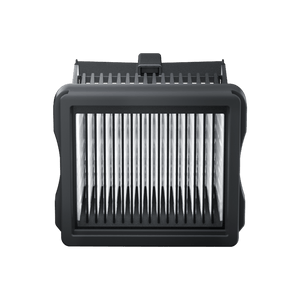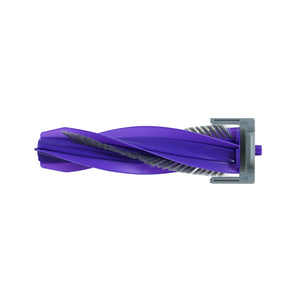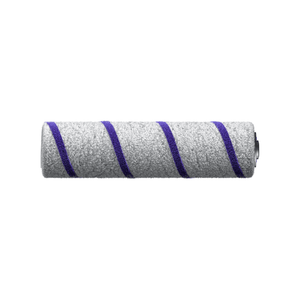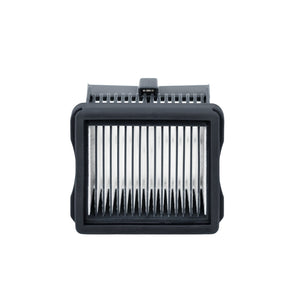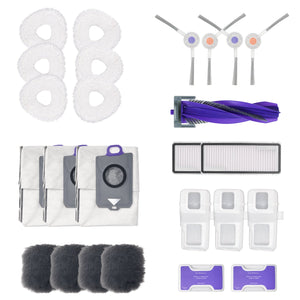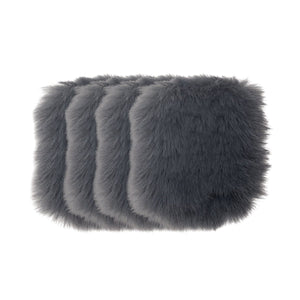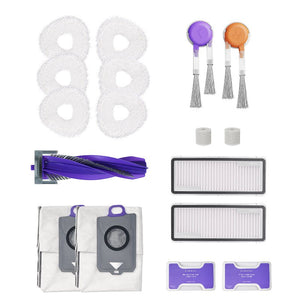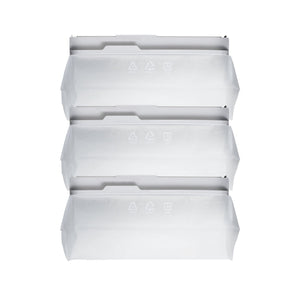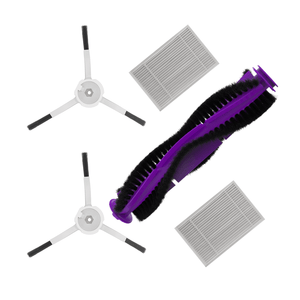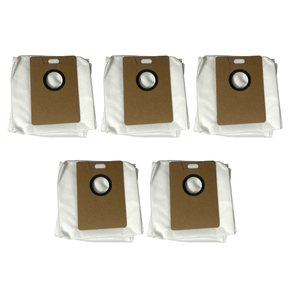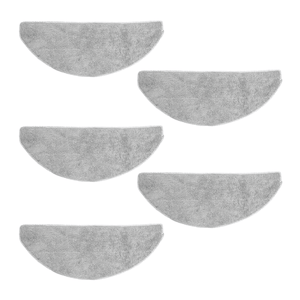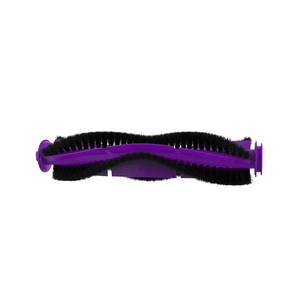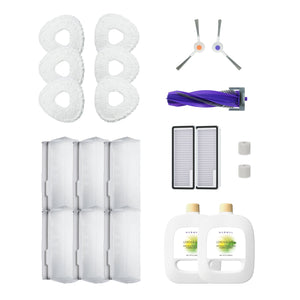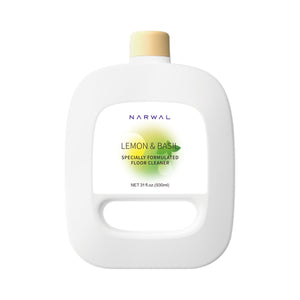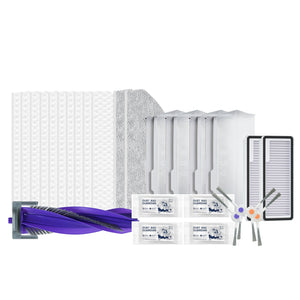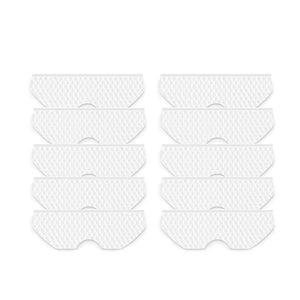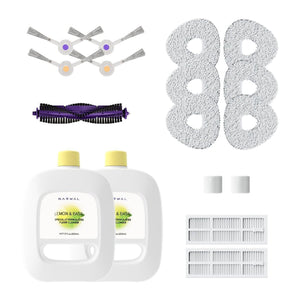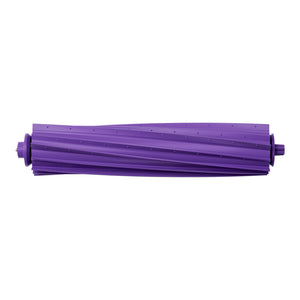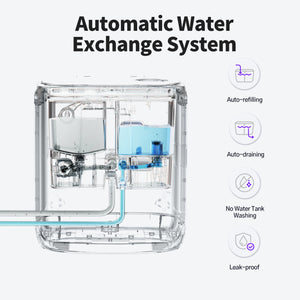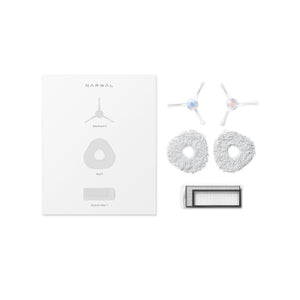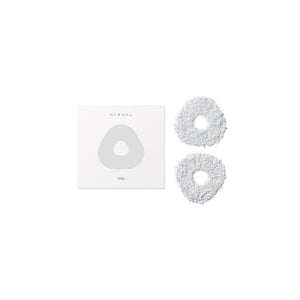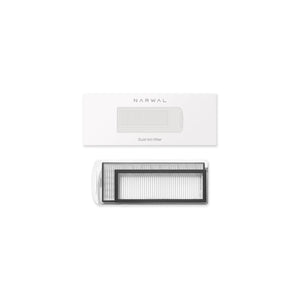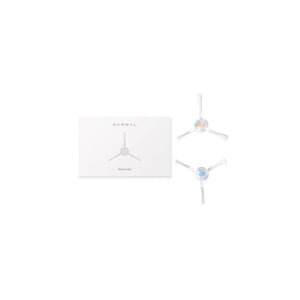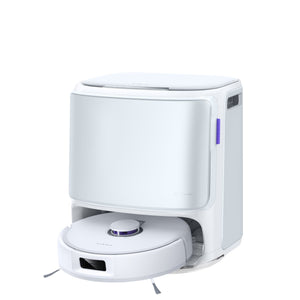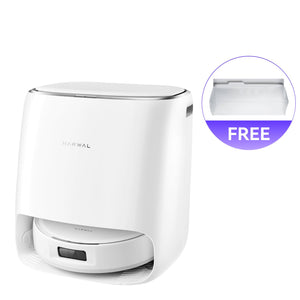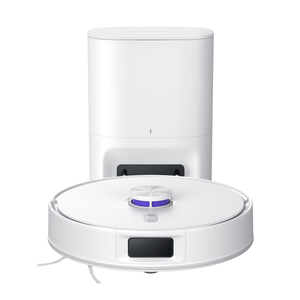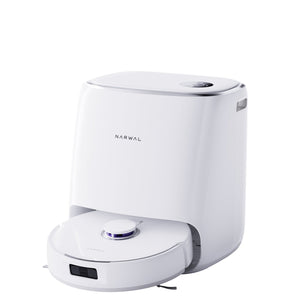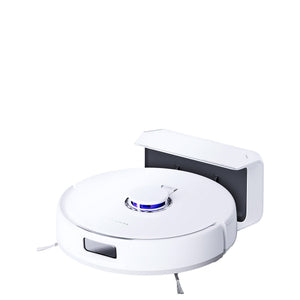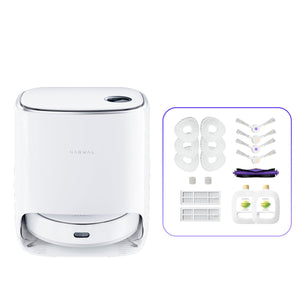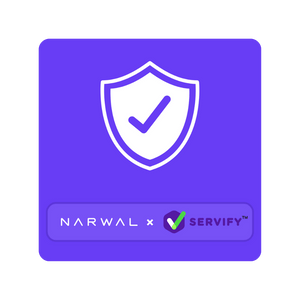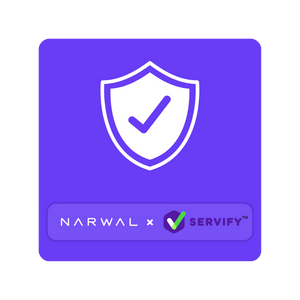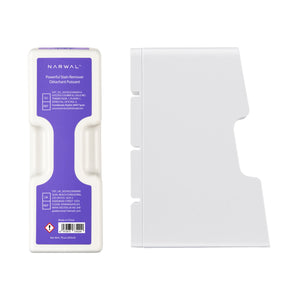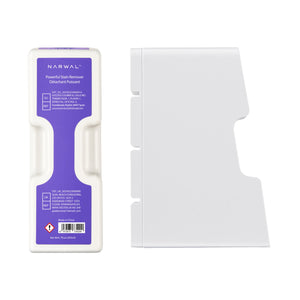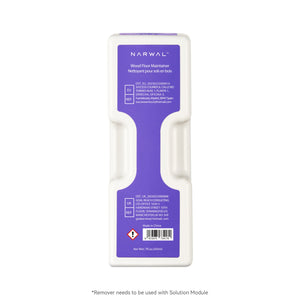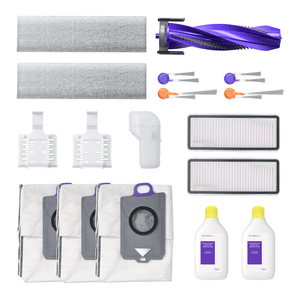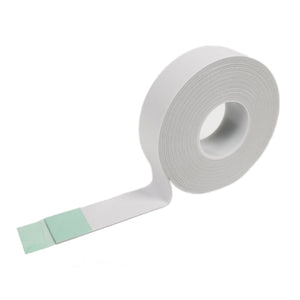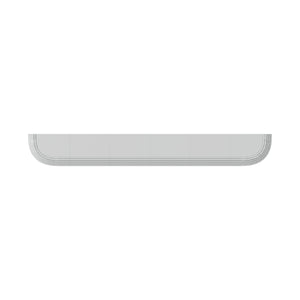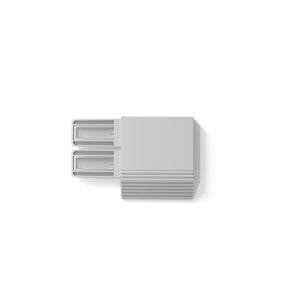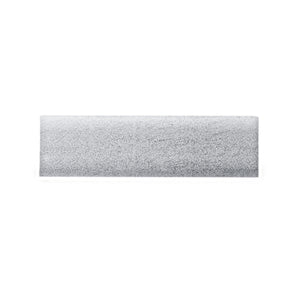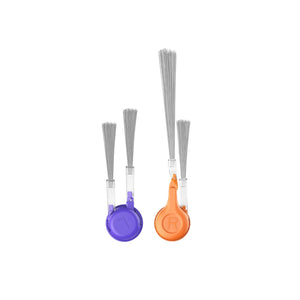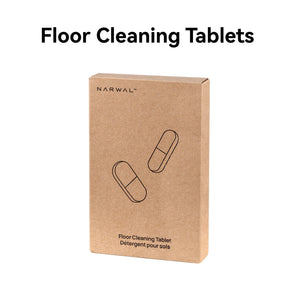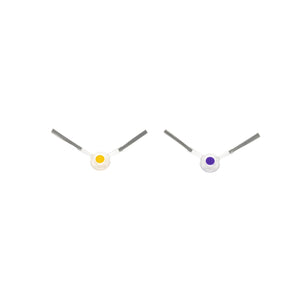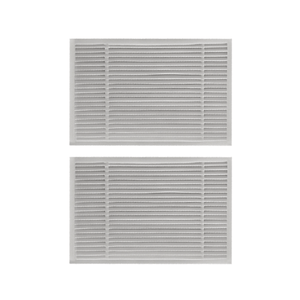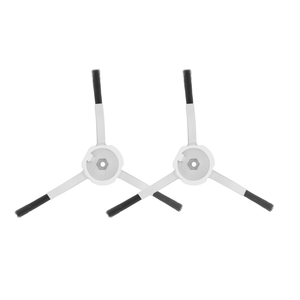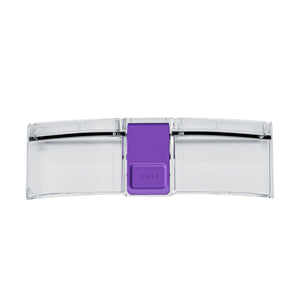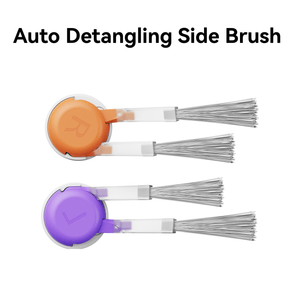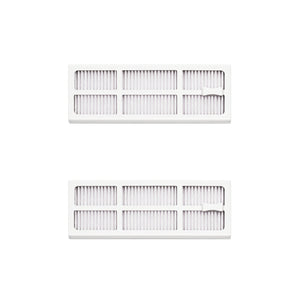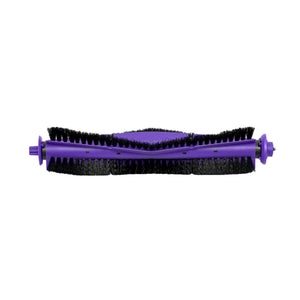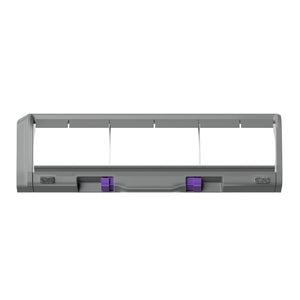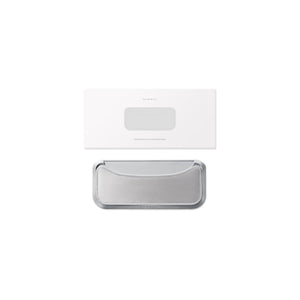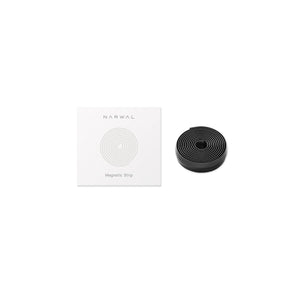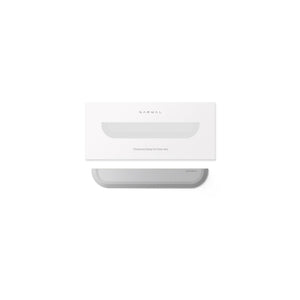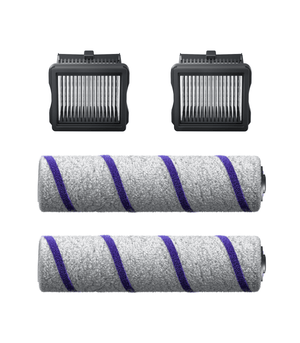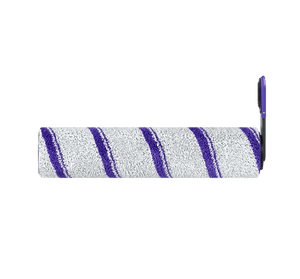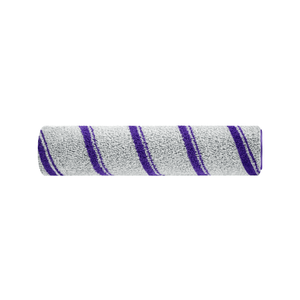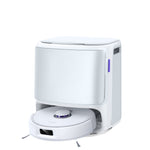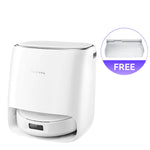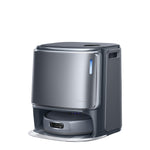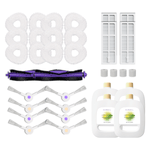The choice between a robot vacuum with mapping and one without depends on your cleaning needs. A mapping vacuum offers more efficient and precise cleaning, ideal for larger homes or spaces with obstacles. Non-mapping vacuums are simpler and more affordable, making them suitable for smaller, less complex areas.
We’re going to dive into what robot vacuum mapping is, explore the pros and cons of both options, and break down things like path planning and cleaning efficiency. I’ll also share a handy comparison table to help you see the differences clearly. Plus, we’ll point you to the best mapping vacuums out there, so you can pick the one that’s perfect for your home.
What Is Robot Vacuum Mapping and How Does It Work?
Robot vacuum mapping is a technology that helps your robot cleaner understand and remember the layout of your home. Instead of randomly bouncing around the floor, a vacuum with mapping can “see” your rooms and plan a smart path for cleaning.
Think of it like giving your vacuum a GPS. It scans the space, identifies walls, furniture, and obstacles, then builds a digital map so it knows where it has been and where it still needs to go.
Here’s how it works in simple terms:
-
LIDAR (Laser Mapping): The vacuum uses laser sensors to measure distances and create a precise 2D layout of your space—even in the dark.
-
vSLAM (Visual Mapping): It uses a built-in camera to “see” its surroundings and map them out, similar to how humans recognize landmarks.
-
Infrared Sensors: These detect nearby objects to help avoid collisions and refine movement accuracy.
Once the map is created, the vacuum can clean room by room, avoid certain areas (like pet bowls), and return to the charging station without getting lost.
In short, mapping makes robot vacuums cleaner, smarter, and far more efficient than models that rely on random movement.
Which Robot Vacuum Should You Choose: Mapping or Non-Mapping?
If you're deciding between a robot vacuum with or without mapping, here's a quick comparison to help you choose the right one for your home. This chart summarizes the key differences, so you can quickly see which type fits your space, budget, and cleaning needs.
|
Feature |
Mapping Robot Vacuums |
Non-Mapping Robot Vacuums |
|
Best For |
Large homes, complex layouts, multiple rooms |
Small apartments, open layouts |
|
Path Planning |
Smart, systematic navigation |
Random movement |
|
Cleaning Efficiency |
High – no overlap, fewer missed spots |
Lower – may repeat or skip areas |
|
Obstacle Avoidance |
Advanced sensors (LIDAR, vSLAM) |
Basic bump or IR sensors |
|
Customization |
Can set no-go zones, specific rooms |
Limited or none |
|
Battery Usage |
Efficient, longer runtime |
Less efficient, more charging |
|
Price Range |
$$$ (more expensive) |
$ (budget-friendly) |
Still not sure which one is right for you? Keep reading to explore how each technology works, their real-world pros and cons, and our top product picks.
Mapped vs Non-Mapped Robot Vacuums: Which One Cleans Faster and Smarter?
Robot vacuums with mapping technology are significantly more efficient than their non-mapping counterparts, especially when it comes to speed, battery usage, and overall cleaning coverage.
Smarter Path Planning = Faster Cleaning
Mapping vacuums use advanced technologies like LIDAR or vSLAM to scan your home and create a virtual map. This allows them to plan the most efficient cleaning route, avoiding unnecessary overlap and ensuring every area is covered. As a result, they can clean up to 30% faster compared to non-mapping models, especially in larger or multi-room homes.
Better Battery Efficiency
Because mapping vacuums clean methodically, they waste less energy. They avoid re-cleaning the same spots or getting stuck in corners, which allows them to use battery power more efficiently. On a single charge, they typically run for 90 to 120 minutes, while non-mapping vacuums often last only 60 to 90 minutes due to inefficient movement patterns.
Superior Cleaning Coverage
Mapped vacuums are able to achieve nearly 100% floor coverage during each session. By knowing the layout of your home, they can clean under furniture, around obstacles, and into tight corners with precision. Non-mapping vacuums, on the other hand, rely on random movement and can easily miss areas or waste time cleaning the same spot multiple times.
In short, if you’re looking for a robot vacuum that cleans more thoroughly, finishes faster, and uses less battery power, a model with mapping technology is the smarter choice—especially in complex or larger living spaces.
Obstacle Detection and Avoidance in Robot Vacuums: Mapping Vacuums Have the Advantage
Effective obstacle detection and avoidance are essential for efficient cleaning, especially in spaces with furniture and tight corners. Mapping vacuums use advanced technologies like LIDAR to create detailed maps of their environment. This allows them to detect obstacles and adjust their route in real-time, avoiding collisions. As a result, mapping vacuums can achieve up to 98% efficiency in obstacle avoidance, even in complex or cluttered areas.
In contrast, non-mapping vacuums rely on basic sensors to detect obstacles and move randomly. They can avoid immediate collisions but are less efficient in navigating around obstacles, often hitting the same spot multiple times or getting stuck. Their random path means they use more time and energy, especially in environments with obstacles, leading to overall reduced performance.
In summary, mapping vacuums are more effective at detecting and avoiding obstacles, making them better suited for homes with complex layouts, while non-mapping vacuums may struggle in more cluttered environments.
Suitable Room Layouts for Robot Vacuums: Mapping Vacuums Shine in Complex Spaces

The layout of your home plays a significant role in determining which type of robot vacuum is best suited for your needs. Robot vacuums with mapping technology are ideal for homes with complex layouts, multiple rooms, or multi-level floors. They can efficiently navigate around obstacles and clean each area systematically by using the detailed map they create.
Mapping vacuums can handle a variety of layouts, from open-plan spaces to homes with narrow hallways or different levels. They also adapt to changes in the environment, like furniture being moved, without losing their ability to clean efficiently.
Non-mapping vacuums, however, are better suited for simpler, open layouts. They may struggle with more complex environments, as they don’t have a map to guide them. Random movement can lead to missed spots or repetitive cleaning, especially in homes with intricate layouts or multiple rooms.
In conclusion, mapping vacuums are best for larger homes with complex or changing layouts, while non-mapping vacuums are a better choice for smaller, straightforward spaces.
User Control and Customization Options in Robot Vacuums: Mapping Vacuums Offer More Flexibility

Robot vacuums with mapping technology provide superior user control and customization options. With a detailed map of your home, you can easily set specific cleaning areas, create no-go zones, and even schedule cleaning sessions for different rooms. This flexibility allows you to tailor the cleaning process to your preferences and needs.
For example, you can choose to clean only high-traffic areas or avoid certain rooms entirely. Some mapping vacuums also offer features like virtual boundaries, so the robot knows exactly where to go and where not to.
Non-mapping vacuums, while easier to use, offer fewer customization options. They usually only have basic features like scheduled cleaning or spot cleaning, but they can't target specific areas or avoid obstacles based on a map.
In short, mapping vacuums offer more ways to customize your cleaning experience, giving you greater control over how and when your home gets cleaned.
Cost and Value for Money in Robot Vacuums: Non-Mapping Vacuums Are More Affordable
Cost is an important factor when choosing a robot vacuum. Non-mapping vacuums are generally more budget-friendly, with prices typically ranging from $100 to $300. These models still offer good cleaning performance, especially in smaller or simpler spaces, making them a solid choice for those looking for a reliable vacuum without breaking the bank.
On the other hand, mapping vacuums tend to be more expensive, usually ranging from $300 to $1,000 or more, depending on the features. Higher-end models with advanced mapping technologies like LIDAR and cameras provide more precise navigation, efficient cleaning, and greater customization options. These vacuums are ideal for larger homes or homes with complex layouts, where the extra investment pays off in efficiency and performance.
In summary, non-mapping vacuums are excellent for budget-conscious users, while mapping vacuums are a better investment for those who need advanced features and more efficient cleaning in larger or more complex spaces.
Suitable Usage Scenarios in Robot Vacuums: Mapping Vacuums Are Superior for Complex Spaces

Mapping vacuums are perfect for larger homes, multi-floor spaces, or areas with a lot of obstacles. Their ability to plan and adjust cleaning paths makes them ideal for spaces that require precision, such as on carpet or at home environments where pet hair is a concern. These vacuums are also highly effective in homes with specific air quality needs, as many come equipped with HEPA filters, which help reduce allergens during cleaning.
For commercial use, mapping vacuums stand out due to their ability to clean large areas efficiently without wasting time retracing their paths. Their systematic approach makes them particularly suited for offices or stores where thorough, uninterrupted cleaning is needed.
Non-mapping vacuums, on the other hand, are best for smaller, open layouts. They are effective for the floor in environments where precision isn’t as critical. These vacuums excel in simpler spaces with fewer obstacles, offering a more affordable cleaning option.
Ultimately, mapping vacuums are the go-to choice for larger, more complex environments, while non-mapping vacuums are ideal for more straightforward, compact spaces.
Who Should Choose a Non-Mapping Robot Vacuum?
Not everyone needs an advanced robot vacuum with mapping capabilities. In fact, a non-mapping model can be the smarter choice in many everyday situations. Here’s when it makes sense to go without mapping:
You Have a Small or Open Floor Plan
If your home is compact, such as a studio apartment or a single open space, a non-mapping vacuum can easily clean the area without needing to plan a route. Mapping isn’t necessary when there aren’t many rooms or obstacles to navigate.
You Want a Budget-Friendly Option
Non-mapping vacuums are generally more affordable, often priced between $100 and $300. If you're looking for a simple, no-frills vacuum that gets the job done without breaking the bank, this is the way to go.
You Don’t Need Custom Features
Mapping vacuums allow for features like no-go zones or targeted room cleaning. But if you're fine with general cleaning and don’t need to control where it cleans, non-mapping models offer great value without the extras.
You Prefer Simplicity
Non-mapping vacuums are often easier to set up and use. There’s no need to connect to apps, calibrate maps, or deal with room layouts. Just turn it on, and it goes.
You Move Furniture Often
Mapped layouts can become outdated if your space changes frequently. A non-mapping vacuum doesn’t rely on static maps, so it adapts naturally each time.
In short, if you live in a smaller space, prefer simplicity, or want to save money, a non-mapping robot vacuum may be exactly what you need.
Do Robot Vacuums Re-map Every Time? Here’s the Truth
A common question about mapping vacuums is: do they have to re-map your home every time they clean?
The answer is no—robot vacuums with advanced mapping only need to map your home once during their first run. After that, they save the layout and use it to clean more efficiently in future sessions.
Here’s how it works:
-
Initial Mapping: During the first cleaning session, the robot scans your home using LIDAR or cameras and creates a digital map.
-
Saved Layouts: This map is saved in the vacuum’s memory (or app), so it knows exactly where to go next time.
-
Adaptive Updates: If you move furniture or add obstacles, many models can update the map or adapt on the fly—no need to start over.
If you're looking for vacuums that don’t require re-mapping each time, mapping vacuums are actually the best choice. Their ability to remember your layout is what makes them smarter and faster over time.
Non-mapping vacuums, on the other hand, follow a random pattern every time—because they don’t remember anything at all.
Best Mapping Robot Vacuums for Different Home Layouts
If you're looking for a robot vacuum with advanced mapping features, Narwal offers some of the most innovative models on the market. Here’s how to choose the best one based on your home layout and cleaning needs.
Narwal Freo Z10 – Ideal for Pet Owners & Medium Homes
If you live in a medium-sized home with pets or children, the Narwal Freo Z10 is a great choice. It features 15,000Pa of powerful suction and a bionic hand-wiping system to clean stubborn dirt and pet hair. The DirtSense 3.0 technology adjusts suction based on how dirty the floor is—saving energy and ensuring spotless results.
Best for: Pet-friendly homes, 2–3 bedrooms, moderate clutter
[cta:narwal-freo-z10-robot-vacuum-mop]
Narwal Freo Z Ultra – Perfect for Large & Multi-Room Homes
With dual RGB cameras and AI navigation, the Narwal Freo Z Ultra is designed to intelligently adapt to complex environments. Its self-emptying base, tangle-free design, and ultra-quiet operation make it ideal for large, busy households.
Best for: Multi-room layouts, large homes, allergy-sensitive families
[cta:narwal-freo-z-ultra-robot-vacuum-mop]
Narwal Freo Pro – Best for Deep Cleaning & Multi-Floor Homes
The Narwal Freo Pro features 8,500Pa suction and advanced Reuleaux Triangular mopping at 180RPM. It’s perfect for homes that need extra mopping power or have multiple floors, thanks to its smart Lidar 4.0 mapping and automatic floor recognition.
Best for: Homes with carpets + hard floors, deep mopping, multi-level layouts
[cta:narwal-freo-pro-robot-vacuum-mop]
No matter your space or cleaning priorities, there's a Narwal vacuum designed to match. Choose the one that fits your layout and let mapping technology handle the mess for you.
Further Reading: The Robot Vacuum with the Best Mapping Technology
Conclusion
Now that you've explored the differences between mapping and non-mapping robot vacuums, it's clear that mapping vacuums offer precision, efficiency, and customization for complex spaces, while non-mapping vacuums provide a simpler, more budget-friendly option for smaller areas.
If you're ready to upgrade to smarter cleaning, Narwal offers some of the best mapping vacuums available. With features like advanced mapping, powerful suction, and self-cleaning bases, Narwal models like the Freo Z10, Freo Z Ultra, and Freo Pro are designed to meet your needs.
Don't wait for the mess to build up. Explore Narwal’s models now and find the perfect robot vacuum to fit your home.




